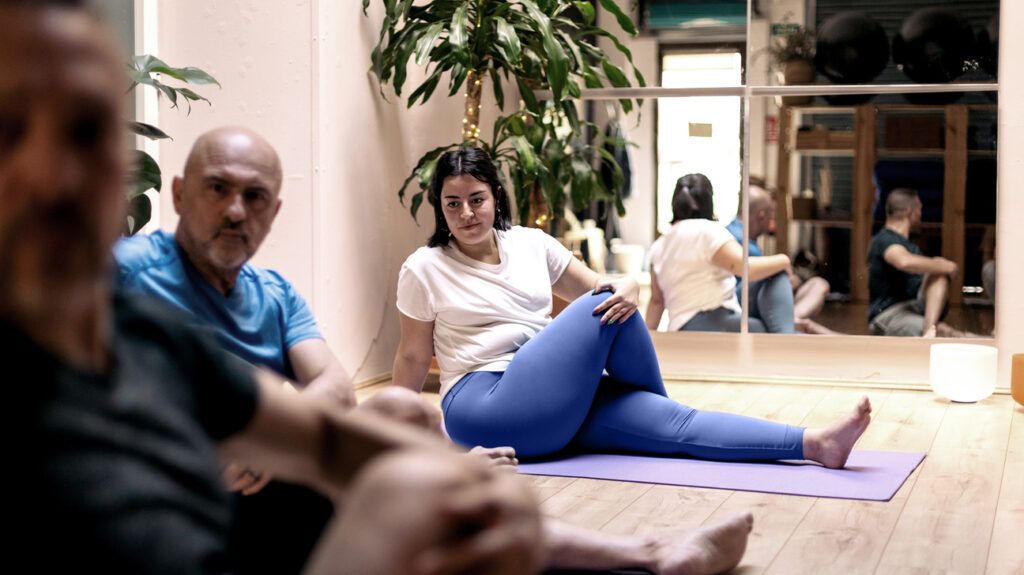Innovative Research Unveils Snails as a Key Model for Studying Eye Regeneration

Discover how apple snails serve as a vital model for studying eye regeneration, providing insights that could lead to regenerative treatments for human eye conditions.
Recent groundbreaking research has positioned the apple snail, Pomacea canaliculata, as a promising model for exploring eye regeneration mechanisms. Unlike human eyes, which cannot regenerate after injury, the apple snail demonstrates a remarkable ability to fully restore its visual organs after amputation through a multi-stage process occurring over 28 days. This process includes wound healing, formation of a specialized cell mass, development of the lens and retina, and maturation of all eye structures.
The study, published in Nature Communications by the team at the Stowers Institute for Medical Research, highlights the anatomical and genetic similarities between snail and human eyes. Both possess a lens, cornea, and retina, and crucially, they share a key gene called pax6, which plays an essential role in eye development across species.
Led by Dr. Alice Accorsi, now an Assistant Professor at UC Davis, the researchers developed genetic tools such as CRISPR-Cas9 to manipulate snail genes directly. Disrupting pax6 resulted in snails with noticeably absent eyes, confirming its critical function. These findings mark a significant step forward, enabling scientists to delve into the genetic pathways that underpin eye regeneration.
Understanding these mechanisms opens new avenues for medical advances, particularly for conditions like retinal degeneration and other eye injuries, where current treatments are limited. Since vertebrates can only initiate the initial wound healing phase, investigating why snails can fully regenerate their eyes may reveal fundamental biological switches that could someday be targeted for therapy.
Overall, the research portrays apple snails not just as a fascinating species but as a powerful model system that could revolutionize regenerative medicine, bringing us closer to overcoming the limitations of eye repair in humans. For more details, see the full study here.
Stay Updated with Mia's Feed
Get the latest health & wellness insights delivered straight to your inbox.
Related Articles
Promising Results from DeLLphi-303: Safety and Survival in Extensive-Stage Small Cell Lung Cancer
Clinical trial results reveal an acceptable safety profile and unprecedented survival rates in patients with extensive-stage small cell lung cancer treated with tarlatamab combined with anti-PD-L1 therapy, marking a significant advance in lung cancer research.
The Importance of Ethical Oversight in Scientific Research and the Risks of Funding Cuts
Ethical oversight is crucial for scientific progress and public safety. Funding cuts threaten biomedical research, risking delayed treatments and compromised standards. This article highlights the importance of sustained federal support for responsible research.
Responsive Parenting Strategies Can Reduce Childhood Obesity-Related Behaviors
Early responsive parenting practices can significantly reduce behaviors linked to childhood obesity, helping families foster healthier growth from infancy.



